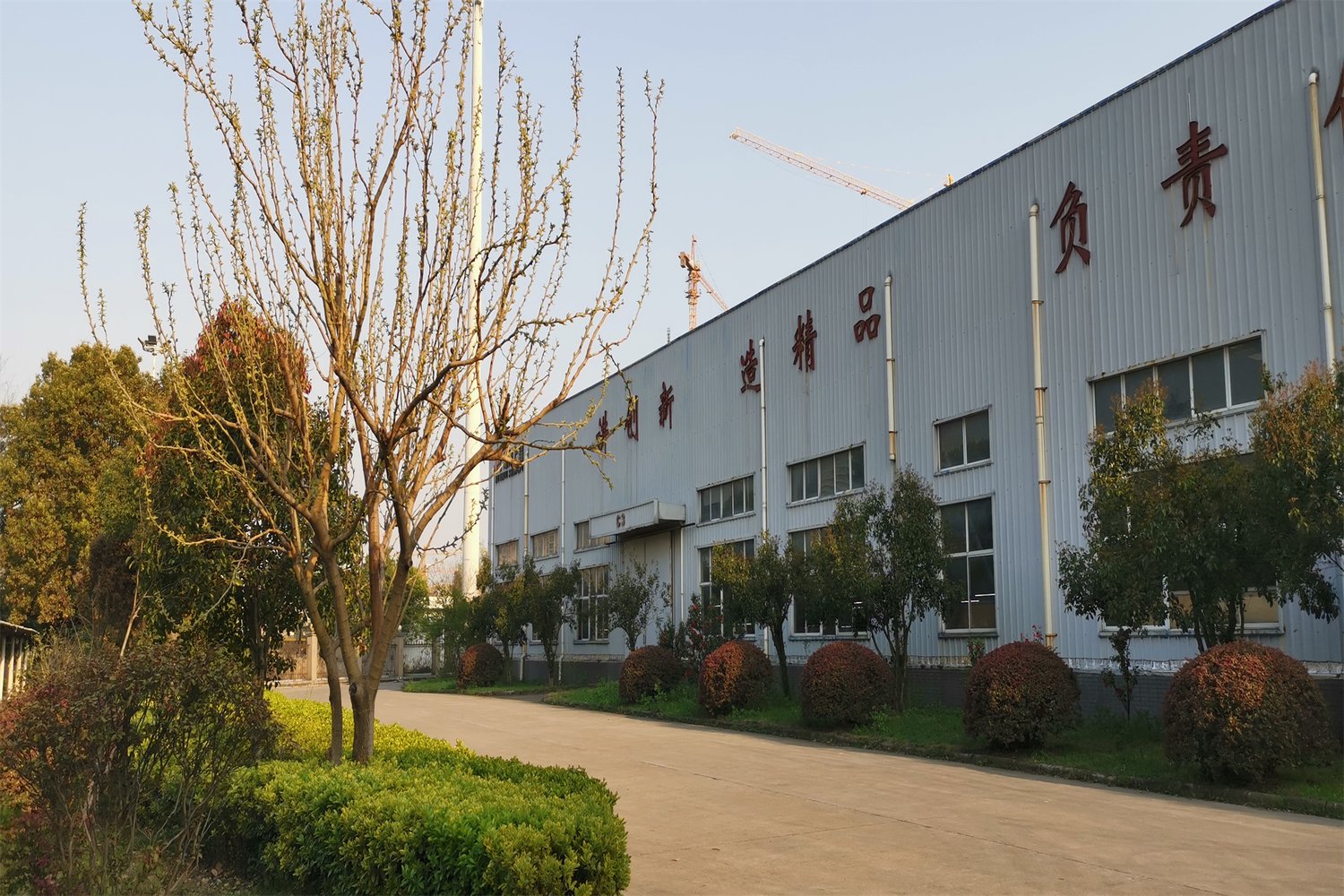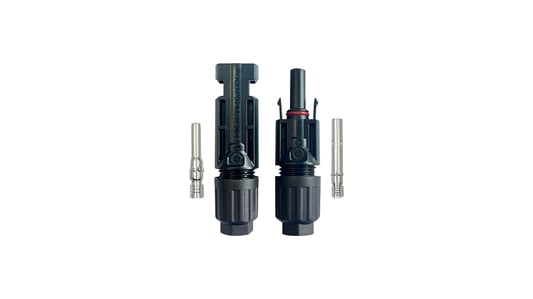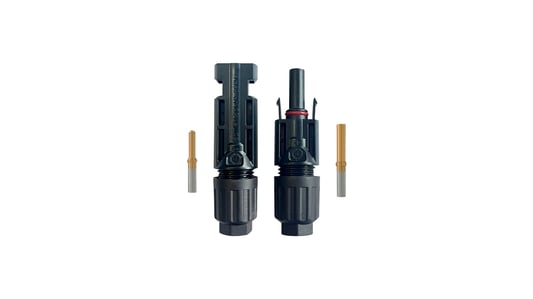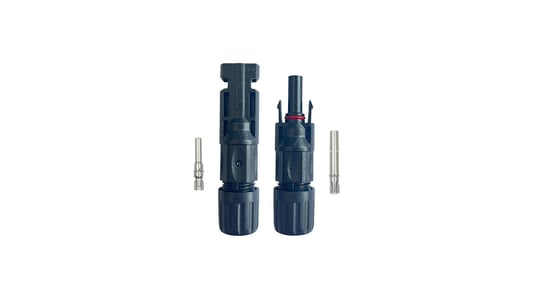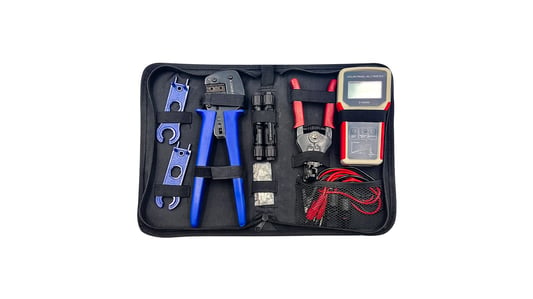A Comprehensive Guide to PV Cable ConnectorsPV cable connectors are essential components in photovoltaic systems, facilitating the efficient transmission of electricity from solar panels to inverters. With the growing popularity of solar energy, understanding the different aspects of PV cable connectors becomes crucial for homeowners, installers, and anyone interested in harnessing the power of the sun. In this article, we will explore the various types, functions, installation methods, and maintenance tips for PV cable connectors.1. Understanding PV Cable ConnectorsPV cable connectors, also known as solar cable connectors, are used to connect solar panels to charge controllers, inverters, batteries, or other components in a solar power system. These connectors ensure a secure and reliable electrical connection, allowing the seamless flow of Direct Current (DC) generated by the solar panels to the alternating current (AC) inverter.2. Types of PV Cable ConnectorsThere are several types of PV cable connectors available in the market. The most commonly used ones are MC4 and Amphenol connectors. MC4 connectors are the industry standard with a snap-in locking mechanism, providing a watertight and dustproof connection. Amphenol connectors, on the other hand, offer a more compact and rugged design, making them suitable for harsh environmental conditions.3. Features and Advantages of PV Cable ConnectorsPV cable connectors come with various features and advantages that make them ideal for solar installations. These connectors are designed to withstand extreme weather conditions, UV radiation, and high temperatures. They also offer excellent electrical conductivity, low power loss, and high resistance to corrosion, ensuring the longevity and efficiency of the solar system.4. Installation of PV Cable ConnectorsThe installation of PV cable connectors requires careful attention to ensure a secure and proper connection. Begin by stripping the insulation from the cable ends and crimping the connector pins onto the conductors. It is essential to follow the manufacturer's instructions and use the appropriate crimping tools to ensure reliable electrical connections. Finally, the connectors can be mated by pushing them together until they audibly click into place.5. Maintenance and Inspection of PV Cable ConnectorsRegular maintenance and inspection of PV cable connectors are necessary to ensure the optimal performance of the solar system. Inspect the connectors for any signs of damage, such as cracks, loose pins, or discoloration. Clean the connectors using a recommended cleaner and brush to remove any dirt or debris. Additionally, check the tightness of the connections periodically and retighten if necessary.6. Safety ConsiderationsWhen working with PV cable connectors, it is crucial to prioritize safety. Always turn off the solar system before performing any maintenance or installation tasks. Use appropriate personal protective equipment, such as gloves and safety glasses, to prevent injuries. Additionally, ensure that the connectors and cables are properly rated for the voltage and current of the solar system to avoid electrical hazards.7. Troubleshooting Common IssuesWhile PV cable connectors are designed to be reliable, occasional issues may arise. Common problems include loose connections, water ingress, or cable damage. If you encounter any of these issues, start by inspecting and tightening the connections. In case of water ingress, dry the connectors thoroughly before reconnecting. If the cable is damaged, it should be replaced to avoid compromising the system's performance and safety.8. Upgrading PV Cable ConnectorsAs solar technology continues to advance, upgrading PV cable connectors can enhance the overall performance and efficiency of a solar power system. Upgrading to newer connector models with improved features, such as higher current ratings or better compatibility, can optimize the energy output and ensure compatibility with future expansions or upgrades.9. Importance of Professional InstallationWhile DIY solar installations are becoming more popular, it is crucial to recognize the importance of professional installation, especially when it comes to PV cable connectors. Certified installers have the necessary expertise and knowledge to ensure the proper selection, installation, and maintenance of connectors, minimizing the risk of electrical faults and system failures.10. ConclusionPV cable connectors play a vital role in the efficient and reliable operation of solar power systems. Understanding the various types, installation methods, and maintenance requirements of these connectors is essential for anyone involved in solar energy. By following the guidelines outlined in this article, users can maximize the performance, safety, and longevity of their PV cable connectors, ultimately harnessing the full potential of solar energy.Quote InquiryContact Us

